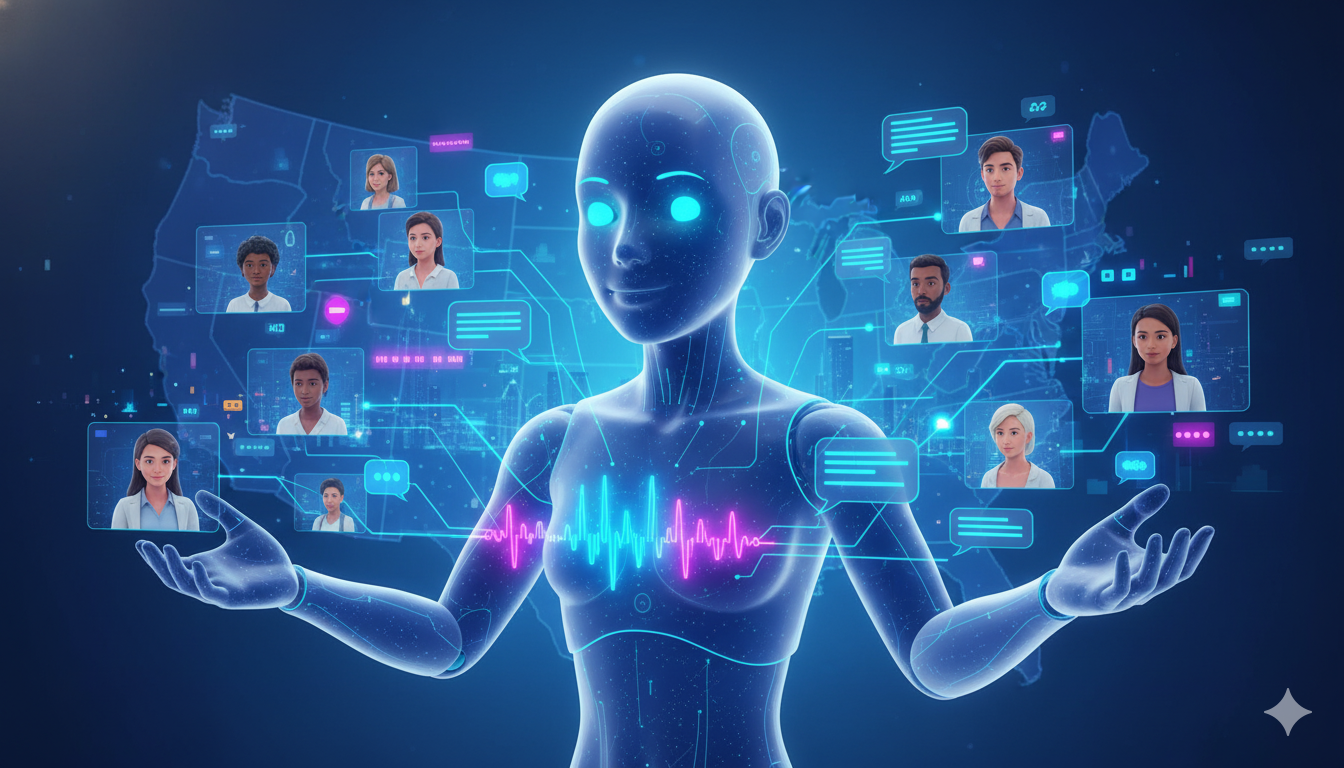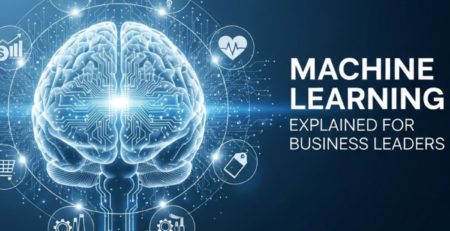AI Chatbots for US Customer Service Operations: The Dawn of a Conversational Revolution
DSSP2025-11-06T15:17:26+00:00The past two decades have taught us a humbling truth: every major technological leap from search engines to smartphones didn’t just make us faster; it redefined what it means to connect. Now, we stand on the edge of another transformation. The evolution of AI Chatbots isn’t merely about convenience or cost-cutting; it’s about reimagining communication itself. Across the United States, businesses are beginning to realize that the humble “chat window” has become something else entirely: an intelligent, self-learning interface between human intent and digital empathy. AI Chatbots aren’t replacing people. They’re augmenting the conversation, creating a world where machines don’t just answer questions, but understand meaning. Welcome to 2025, where customer service is becoming something beautifully human again, powered by machines.
A Quiet Revolution in Customer Service
Customer service in America has always been a reflection of its time. In the 1980s, it was phone lines and hold music. In the 2000s, it was email and offshore support centres. And today? Its algorithms are trained on empathy. For decades, US enterprises have battled the same paradox: how to provide personal service on an industrial scale. The rise of AI Chatbots is solving that not through cheap automation, but through intelligent augmentation. These systems can detect sentiment, adapt tone, escalate complex queries, and even express humour all while cutting average resolution times by up to 60%.
Why the U.S. Leads This Wave
There’s something uniquely American about the adoption of AI Chatbots. The U.S. isn’t just a technology hub; it’s a customer-first culture. Americans expect personalisation. They expect immediacy. They expect to be understood, not just answered. Companies like Microsoft, Google, and Dell have responded by embedding conversational AI into every layer of their support stack. This ecosystem of innovation, data, and expectation is why the U.S. is defining how AI-driven communication unfolds for the rest of the world.
The Cognitive Core: How AI Chatbots Actually Work
At their heart, modern AI Chatbots are built on large language models (LLMs), trained on massive corpora of conversation, documentation, and real customer feedback. They use Natural Language Understanding to interpret intent and emotion, Dialogue Management to control tone, and Knowledge Retrieval to find the right answer in milliseconds. In short: where old chatbots followed scripts, AI Chatbots write their own dynamically, intelligently, and continuously improve with every interaction.
Efficiency Meets Empathy: A New Equation
In a study by Gartner (2025), over 65% of U.S. enterprises reported using AI-driven chat interfaces as their primary customer engagement tool. But the success of AI Chatbots doesn’t lie in automation alone. It lies in augmentation. Empathy has long been the missing variable in digital communication. When a frustrated customer types, “This is the third time this happened!” the system doesn’t just see a sentence, it feels the frustration. That’s the breakthrough: machines learning empathy through context.
Use Cases: The Human-Machine Hybrid Model
Retail & eCommerce
Retailers like Amazon and Walmart deploy advanced chatbots capable of handling millions of inquiries in real-time, from product questions to return logistics. These systems use predictive intent analysis to anticipate questions before they’re asked, turning customer service into a proactive experience.
Healthcare
Hospitals and telemedicine platforms across the U.S. use AI Chatbots to streamline patient communication, handling scheduling, symptom triage, and follow-up care under HIPAA compliance.
Banking and Finance
Financial institutions like JPMorgan Chase and Wells Fargo use AI conversational models to offer 24/7 financial guidance, detect spending anomalies, and provide investment insights.
Telecommunications
AT&T, Verizon, and T-Mobile have integrated AI chat systems that can reset accounts, handle billing disputes, and manage troubleshooting autonomously.
The Economic Case for AI Chatbots
AI isn’t just a technical upgrade. It’s a financial catalyst. McKinsey estimates that U.S. companies using AI Chatbots save an average of $8 billion annually through reduced labour costs and faster resolution. But the ROI isn’t only in cost savings. It’s in customer lifetime value. AI is rewriting the economics of satisfaction, solving problems in seconds instead of minutes.
AI and the American Workforce: Augmentation, Not Replacement
Every era of automation creates anxiety and opportunity. AI Chatbots are taking on tasks once handled by human agents, but they’re also creating new jobs in AI training, conversational design, and ethics. Customer service agents are evolving into AI curators guiding machine learning feedback loops and designing empathy modules. Humans aren’t being replaced; they’re being repositioned.
Ethics, Bias, and the Need for Transparent AI
When AI Chatbots handle millions of interactions, even small biases can scale into societal issues. That’s why U.S. enterprises must commit to bias audits, explainability standards, and human oversight. Technology, as Ray Kurzweil often writes, is a mirror it reflects our values. If we teach machines compassion, they’ll amplify it.
The Future: The Conversational Singularity
Kurzweil predicts that by the 2030s, conversational AI will pass the Turing threshold not through trickery, but through empathy. The future of AI Chatbots lies in personalization at a cognitive level they’ll remember your tone, your humor, your preferences creating conversations that feel profoundly human.
Conclusion: The Human Algorithm
In the grand story of innovation, AI Chatbots are not the protagonists we are. They’re reflections of our desire to connect, to serve, to communicate meaningfully. If we design them with empathy, they’ll amplify it. The future of customer service in America isn’t robotic it’s relational. AI Chatbots are transforming the most human act of all: conversation.















Leave a Reply